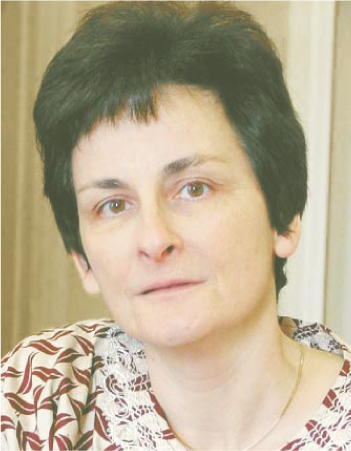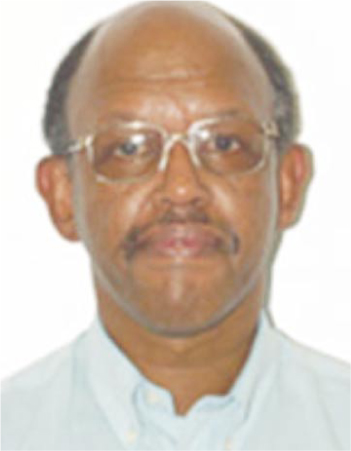SAIP Leaders Aim to Integrate Physics into South African Society
DOI: 10.1063/1.1420507
For the first time in its 46-year history, the leaders of the South African Institute of Physics are not white men. In July, SAIP members elected as president and vice president, respectively, a woman, Patricia Whitelock, and a black man, Edmund Zingu. Whitelock served previously as vice president of SAIP and succeeds Johan Malherbe of the University of Pretoria.
The SAIP’s new leadership reflects the “strong public call for diversity and equity” and the “definite shift from a white-dominated society,” says Zingu, who is vice rector of the Mangosuthu Technikon in Durban and specializes in thin-film physics. Currently, he says, the majority of established physicists are white, but most physics students are black. “We are in the middle of a major transformation.”
For her part, Whitelock, the deputy director of the South African Astronomical Observatory, says, “It’s almost more significant that I am an astronomer. That would have been unthinkable a few years ago.” Astronomy is one of South Africa’s scientific strengths, but it was built up largely by foreign scientists, and there has always been a rift between astronomers and South Africa’s wider physics community, says Whitelock, who is originally from England. Her research spans stellar evolution, galactic structure, the Magellanic Clouds, and dwarf spheroidal galaxies.
“One of the main challenges will be to facilitate a visible presence of physicists in all facets of our lives in South Africa,” says Zingu. “Another will be to develop a mechanism through which physicists will regain a national focus, pride, and recognition.” Physics lost prestige—and jobs in basic research—when South Africa’s Council for Scientific and Industrial Research narrowed its focus to industrial science in the 1980s. The field fell further in the public eye a few years later, Zingu adds, with the government’s admission in the mid-1990s that it had used uranium enrichment facilities and know-how to covertly build nuclear bombs.
Whitelock and Zingu aim to increase SAIP’s activities in the physics community, in the broader public, and in the political arena. Their goals include convincing the government that physics underpins technological and economic progress, selecting strategic areas of physics, improving K-12 education, and building up high-tech industry.
“There is incredible potential for change and growth in South Africa at the moment,” says Whitelock. “The potential of the physics community to contribute is huge. It’s very exciting. It’s also very frightening.”

SAAO



More about the Authors
Toni Feder. American Center for Physics, One Physics Ellipse, College Park, Maryland 20740-3842, US . tfeder@aip.org
